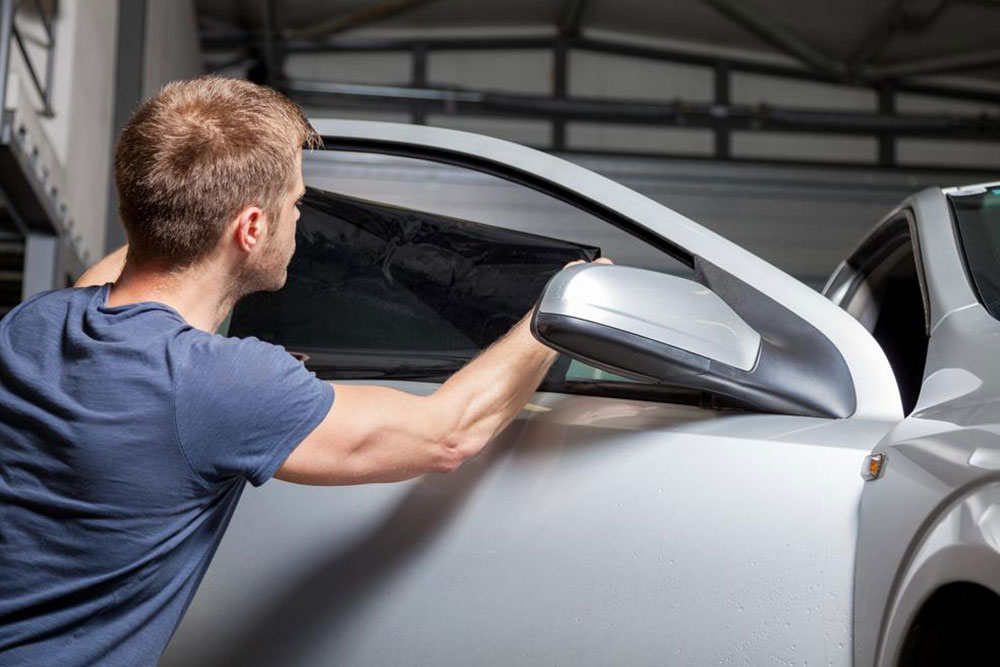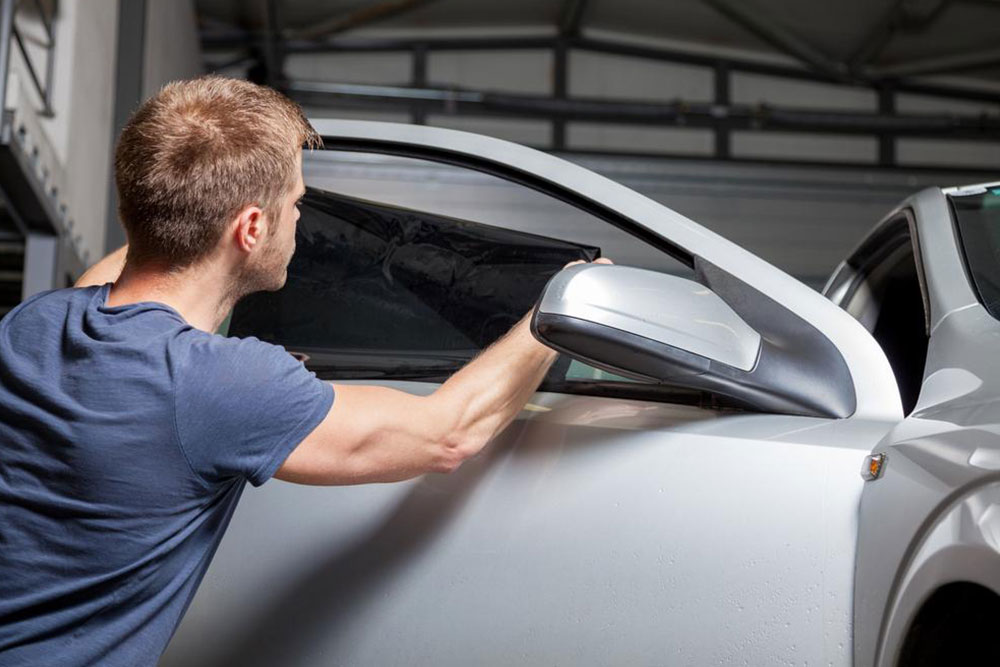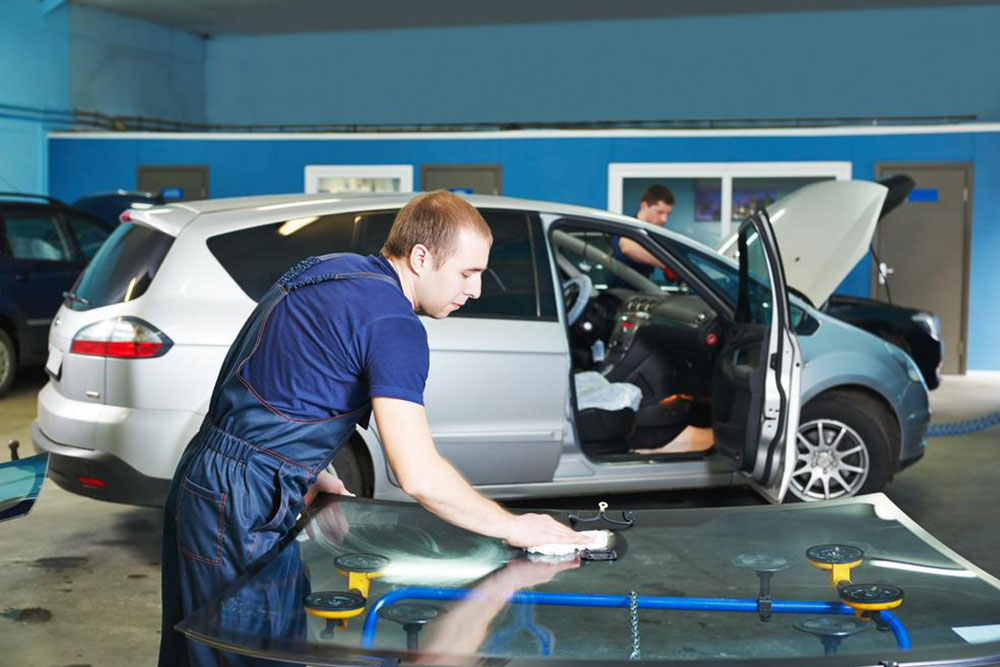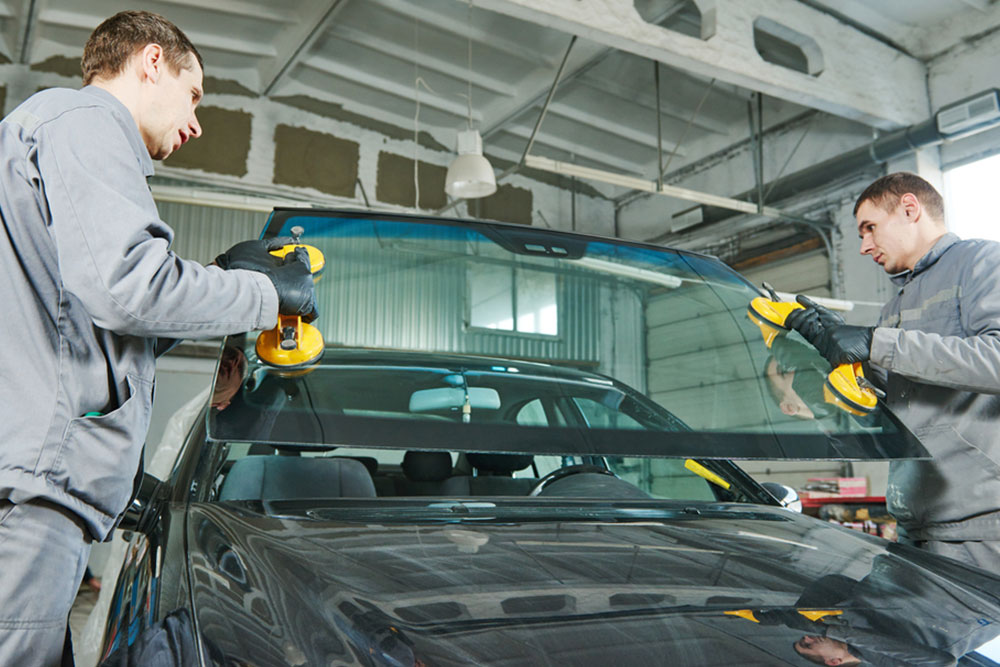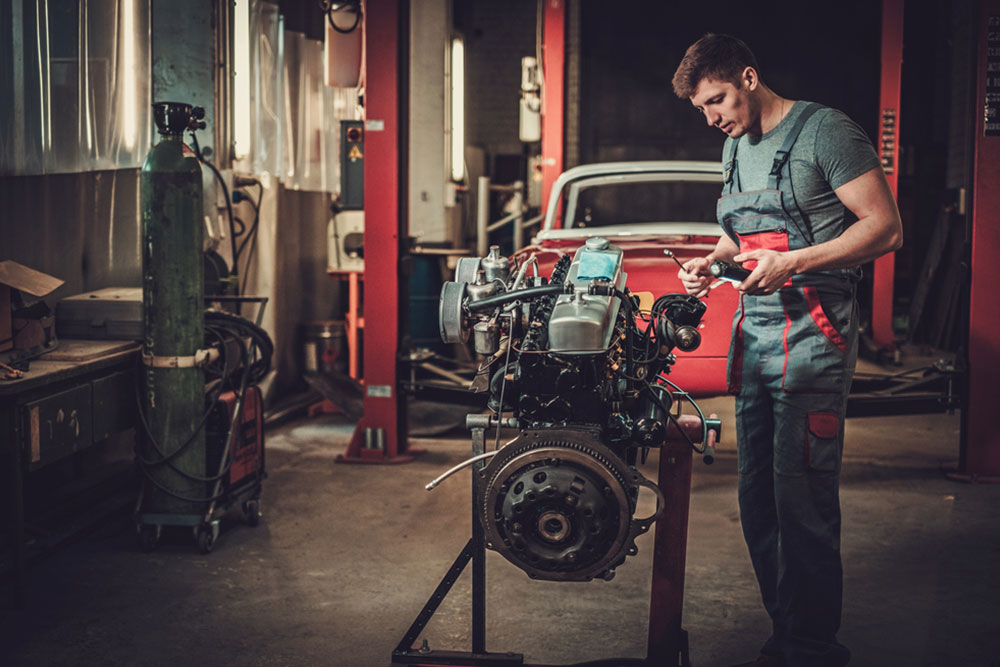Comprehensive Guide to Car Window Glass Types, Maintenance, and Safety Tips
This comprehensive guide explores the various types of car window glass, including laminated and tempered glass, emphasizing their unique safety features. The article offers practical maintenance tips, highlights the importance of professional repairs, and underscores how proper care can extend the life of your vehicle's windows while ensuring safety on the road. Suitable for car owners and enthusiasts, it provides essential insights to keep your vehicle in top condition and enhance your driving safety.
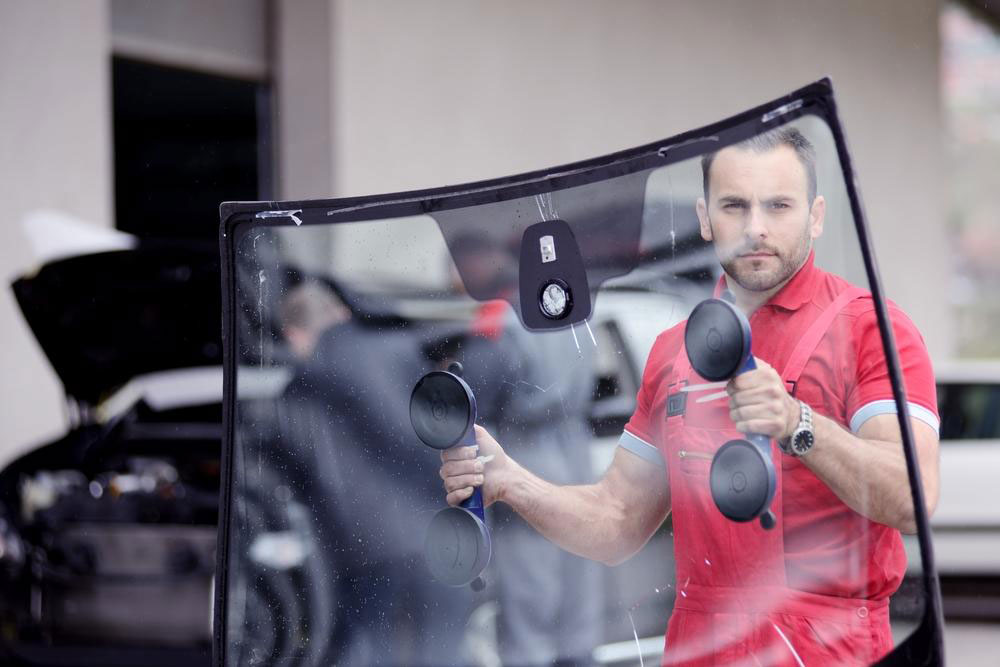
An In-Depth Look at Car Window Glass: Types, Care, and Safety Measures
When driving on busy roads or embarking on long journeys, the safety and durability of your vehicle’s windows become more important than many realize. Car window glass, a crucial component of vehicle safety, is specially designed to withstand impacts,Provide protection for occupants, and ensure clear visibility. Ever wondered why your windshield remains intact during collisions or impacts? The secret lies in the specialized materials and manufacturing processes used in automotive glass. This detailed guide explores the different types of car window glass, their unique properties, proper maintenance tips, and safety considerations to help you extend the lifespan of your vehicle’s windows and enhance your safety on the road.
Types of Car Window Glass and Their Functions
The two main types of automotive glass are laminated glass and tempered glass, each serving distinct purposes and manufactured with specific safety features in mind. Understanding these types is essential for any vehicle owner or enthusiast aiming to maintain safety standards and effective vehicle care.
Laminated Glass: This is the primary material used for windshields. It consists of two sheets of glass bonded together with a layer of polyvinyl butyral (PVB), a strong plastic resin. The lamination process ensures that if the glass cracks or sustains minor impacts, it remains largely adhered, preventing dangerous shards from scattering into the vehicle interior. Laminated glass is primarily designed to absorb impact, provide excellent optical clarity, and withstand environmental influences like UV rays and extreme weather conditions. Its safety benefits are profound because it holds together even when broken, reducing the risk of injury during accidents. Repairing minor cracks in laminated glass is often feasible with specialized adhesives, which can extend the life of your windshield if caught early.
Tempered Glass: Commonly used in side and rear windows, tempered glass is manufactured through a process of controlled heating and rapid cooling, creating a stronger, more resilient piece of glass. When damaged, tempered glass disintegrates into small, dull fragments rather than sharp shards, significantly minimizing injury risk. This breaking behavior is a critical safety feature, especially in rear and side windows where impact resistance is vital. Unlike laminated glass, damage to tempered glass usually necessitates replacement rather than repair, as its structural integrity cannot be restored after a break.
Essential Maintenance Tips for Car Windows
Maintaining your car windows properly not only prolongs their lifespan but also enhances your safety and driving experience. Here are some vital tips to keep your vehicle's glass in top condition:
Regular Inspection: Schedule routine checks for cracks, chips, and other damages, especially after minor accidents or harsh impacts. Prompt inspection by a professional can prevent minor issues from worsening, ensuring safety and clarity on the road.
Timely Repairs: Do not delay fixing small cracks or chips. Many can be repaired with specialized adhesives and resins, preventing the need for expensive replacements and maintaining your glass’s integrity.
Windshield Wiper Maintenance: Replace wiper blades twice a year to ensure effective cleaning during rain or snow. Dirty or worn wipers can leave streaks, impairing visibility and putting extra strain on the glass surface.
Optimal Parking Habits: Whenever possible, park in shaded areas or garages to shield your vehicle from UV damage, temperature extremes, and environmental debris. Prolonged exposure to sun and elements can weaken the glass over time, leading to cracks and discoloration.
Careful Cleaning: Use mild, ammonia-free cleaning solutions specifically designed for automotive glass. Abrasive or ammonia-based products can cause etching or other damage, reducing visibility and compromising the surface integrity of the glass.
Temperature Management: Avoid sudden temperature changes, such as pouring hot water on a frozen windshield or using a high-temperature defroster abruptly. Such changes can cause stress fractures or cracks in the glass.
The Importance of Professional Auto Glass Services
DIY repairs may seem cost-effective, but professional auto glass technicians possess the expertise, tools, and materials to ensure proper fixes and replacements. Investing in expert services enhances the safety and durability of your vehicle, especially in the aftermath of accidents or significant damages.
Properly maintained and correctly repaired automotive glass reduces long-term repair costs and optimizes the overall safety of your driving experience. Regular professional inspections can identify potential issues early, preventing costly replacements and ensuring your vehicle complies with safety standards.
Conclusion
Understanding the different types of car window glass and their specific safety features is fundamental for every vehicle owner. Proper maintenance, timely repairs, and professional service can vastly improve the longevity and safety of these critical components. Whether you drive daily or occasionally, taking care of your car’s glass ensures safer journeys, better visibility, and peace of mind.
